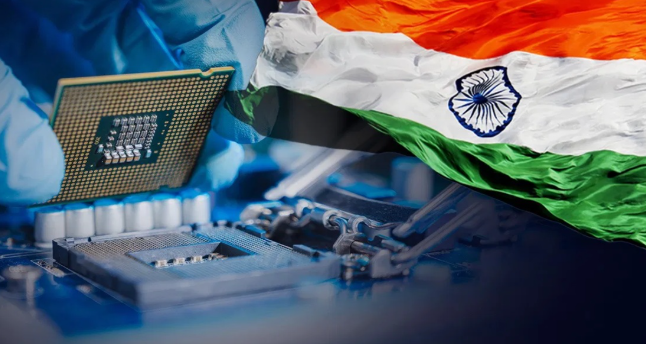India has unveiled an ambitious $18 billion initiative aimed at transforming the country into a global semiconductor manufacturing hub a strategic move to reduce reliance on foreign chipmakers and secure its place in the high-tech supply chain.
The government’s investment, part of its “Make in India” push, includes subsidies, infrastructure support, and incentives for domestic and international chip manufacturers. The goal is to attract major players in the semiconductor ecosystem, including foundries, design firms, and packaging units, and to lay the groundwork for long-term technological independence.
Semiconductors the tiny chips that power everything from smartphones and electric vehicles to defense systems and cloud infrastructure have become a geopolitical priority following recent global shortages. India, the world’s most populous nation and a rising economic power, currently imports nearly all of its chips, making its economy vulnerable to global supply disruptions.
“This is not just an industrial policy; it’s a national security and economic strategy,” said Rajiv Khanna, a technology policy analyst based in New Delhi. “Whoever controls semiconductors controls the future.”
As part of the plan, India has already greenlit multiple projects, including a semiconductor fabrication plant in Gujarat in partnership with Taiwan’s Powerchip Semiconductor Manufacturing Corp and local conglomerate Tata Group. More such ventures are expected to follow, with global giants like Intel and Micron expressing interest.
The initiative also includes investment in workforce development, with new technical institutes and training programs being established to support the growth of a skilled talent pool. India’s vast engineering workforce and cost advantages could give it an edge in the global race for chip dominance.
Analysts say success won’t come overnight. Building a competitive semiconductor industry requires years of investment, consistent policy, and overcoming infrastructure and supply chain hurdles. However, India’s determination backed by one of the largest public investments in the sector signals that it is ready to compete with established players like China, Taiwan, South Korea, and the United States.
If the plan succeeds, India could not only reduce its $15 billion annual chip import bill but also position itself as a crucial player in the global tech economy.
With the world increasingly dependent on semiconductors, India’s $18 billion bet may be one of the most significant moves in the global tech landscape this decade.
source: cnbc.com

Leave a Reply